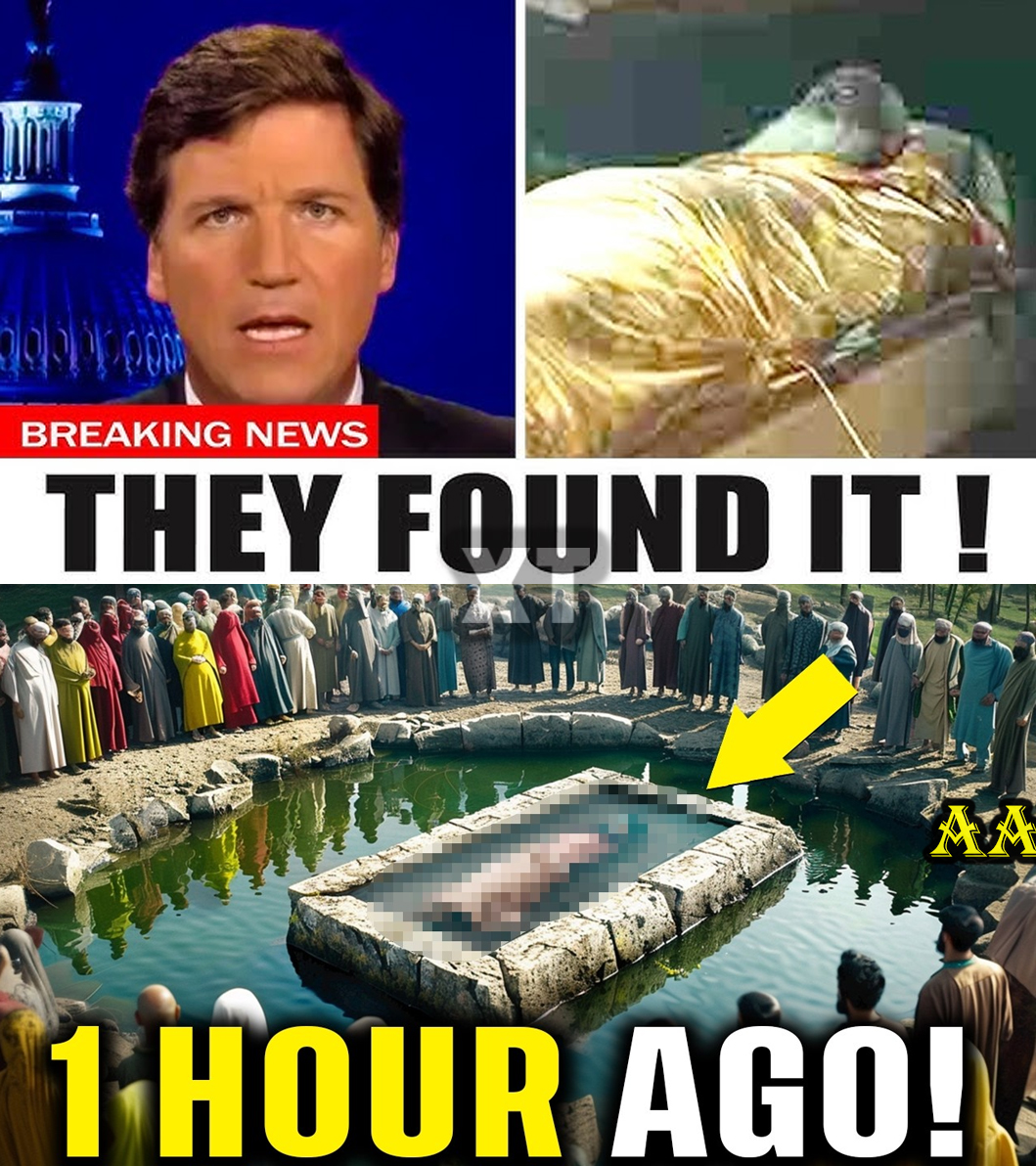
The mystery of Moses’ final resting place has captivated the imaginations of believers, scholars, and explorers for centuries. A towering figure in Christianity, Islam, and Judaism, Moses’ story is one of faith, leadership, and divine intervention. Despite his monumental contributions to history and faith, the precise location of his tomb remains unknown, sparking endless debate and exploration.
One of the most recent and astonishing claims regarding Moses’ tomb came from renowned explorer Josh Gates. His search for the prophet’s long-lost burial site led him on a journey filled with intrigue, discovery, and chilling revelations. The implications of his findings have sent shockwaves through religious communities worldwide, challenging long-held beliefs and raising questions that many had never before considered.
Moses, the great prophet who led the Israelites out of Egypt and received the Ten Commandments from God, is traditionally believed to have died on Mount Nebo. According to biblical accounts, God allowed him to see the Promised Land from this mountain, but he was not permitted to enter it due to a past transgression. The Bible states that Moses was buried in an undisclosed location, a mystery that has puzzled scholars and believers alike.
Driven by an insatiable curiosity, Gates embarked on an expedition to Mount Nebo in search of Moses’ tomb. His journey was marked by extensive research, historical analysis, and the use of state-of-the-art technology. His team employed satellite imagery, ground-penetrating radar, and advanced mapping software to uncover hidden structures and artifacts.
However, Gates’ findings challenged the long-held belief that Mount Nebo was Moses’ final resting place. Clues from ancient texts and local traditions suggested that the prophet’s tomb might be located elsewhere—specifically, near the Sea of Galilee, a region rich with historical and religious significance. In early 2018, Gates and his team shifted their focus to this location, determined to uncover the truth behind one of history’s greatest mysteries.

Utilizing sophisticated underwater exploration technology, Gates’ team discovered an enormous circular stone structure submerged beneath the waters of the Sea of Galilee. Measuring 230 feet in diameter and standing at an imposing height of 32 feet, the structure bore a striking resemblance to ancient dolmens—burial monuments often associated with significant historical figures. The team meticulously excavated the site, carefully removing layers of sediment that had accumulated over thousands of years.
During the excavation, they unearthed fragments of pottery and tools that, upon carbon dating, were found to be over 3,200 years old—aligning perfectly with the estimated time of Moses’ life. This revelation deepened the intrigue surrounding the dolmen, suggesting a possible connection to the biblical figure. Despite the lack of definitive proof linking the site directly to Moses, the discovery reignited the debate over his burial location and the mysteries surrounding his final days.
While Gates’ findings were groundbreaking, they were not without challenges. The murky waters of the Sea of Galilee, strong underwater currents, and the sheer depth of the structure made the excavation process exceedingly difficult. Nevertheless, the discovery of such an ancient and significant structure under the water raised new questions about Moses’ final resting place and the historical accuracy of traditional beliefs.
Moses’ burial site has long been a subject of religious and historical debate. In addition to Mount Nebo and the Sea of Galilee, several other locations have been proposed as potential sites of his tomb. One such place is Nabi Musa, a revered site in the Judean desert near the Dead Sea. Islamic tradition holds that Moses, known as Musa in Arabic, is buried there. The site has been a place of pilgrimage for centuries, with a shrine and mosque built in his honor during the medieval Islamic period. Each year, thousands of Muslim pilgrims gather at Nabi Musa for religious ceremonies and prayers, reinforcing its significance as a sacred place.
Another location associated with Moses is Jebel Harun, also known as Mount Aaron, in Jordan. While traditionally believed to be the burial site of Aaron, Moses’ brother, some interpretations suggest that Moses himself may also have been laid to rest there. The mountain holds immense religious significance for Jews, Christians, and Muslims alike, further adding to the layers of mystery surrounding Moses’ final resting place.
Throughout history, the mystery of Moses’ tomb has remained unsolved, inspiring generations of scholars, theologians, and adventurers to seek the truth. Gates’ discoveries have added a new dimension to this enduring enigma, blending ancient mystery with modern technology in a quest that continues to captivate the world. Whether or not his findings ultimately reveal the true burial site of Moses, they have undoubtedly deepened our understanding of history and faith, reminding us of the enduring power of belief and the timeless quest for knowledge.
As explorers like Gates push forward in their search, the legacy of Moses remains as vibrant and relevant as ever. His story—one of faith, perseverance, and divine guidance—continues to inspire people across the world. Whether buried in the depths of the Sea of Galilee, on the windswept heights of Mount Nebo, or in an undiscovered tomb hidden beneath the sands of time, Moses’ presence is eternal, his impact everlasting. The search for his tomb is not just an archaeological endeavor but a spiritual journey—a testament to the enduring power of faith, history, and the relentless pursuit of truth.


